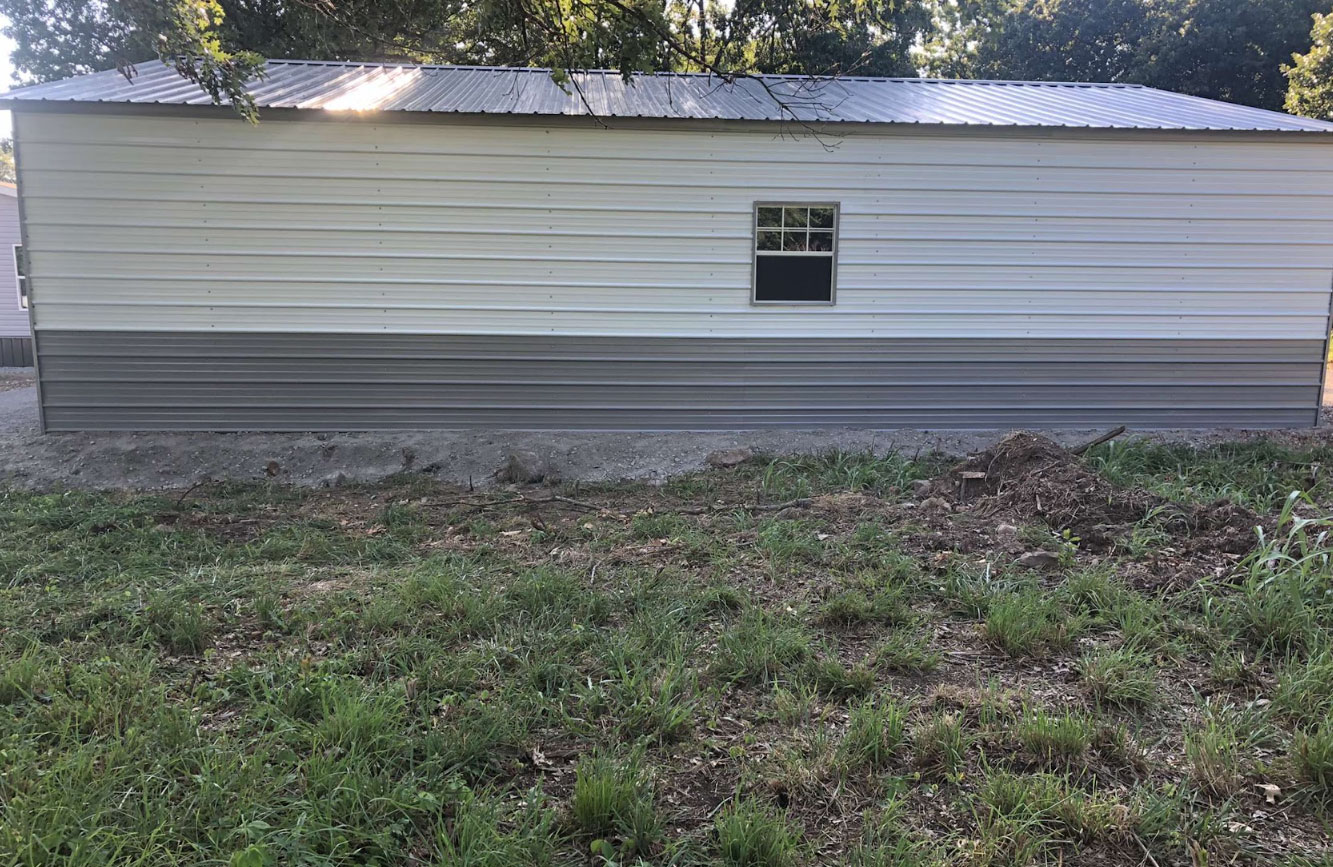
Steel buildings are designed to withstand various weather conditions, including heavy snow loads.
However, excessive snow accumulation can sometimes lead to structural damage if not properly addressed. Recognizing the signs of snow damage on steel buildings is crucial for ensuring the safety and integrity of the structure.
Sagging Roof or Walls
One of the most obvious signs of snow damage on a steel building is a noticeable sagging or bowing of the roof or walls. Excessive snow accumulation can exert significant downward pressure on the structure, causing it to deform or buckle under the weight.
Leaks or Water Damage
Melting snow can infiltrate the building through compromised roof or wall panels, leading to leaks and water damage inside. Look for signs of water stains, mold growth, or dampness on interior surfaces, which may indicate areas where snow has penetrated the building envelope.
Cracked or Damaged Roof Panels
Inspect the roof panels for any visible signs of cracking, bending, or distortion caused by the weight of snow accumulation. Cracked or damaged panels compromise the structural integrity of the roof and can lead to leaks and further damage if left untreated.
Straining or Stressed Fasteners
Examine the fasteners, bolts, and connections throughout the steel building for signs of stress or strain. Excessive snow loads can place increased pressure on these components, causing them to bend, loosen, or fail over time.
Uneven or Settled Foundation
Heavy snow accumulation on the roof can also cause the building’s foundation to settle unevenly or shift over time. Look for signs of foundation damage, such as cracks in the concrete slab or uneven settling of the structure, which may indicate snow-related issues.
Decreased Structural Stability
If you notice any significant changes in the overall stability or integrity of the steel building, such as visible shifting or movement, it could be a sign of structural damage caused by excessive snow loads. In such cases, it’s essential to consult a professional engineer or contractor to assess the extent of the damage and recommend appropriate repairs.
Regular inspection and maintenance of steel buildings, especially during the winter months, are essential for identifying and addressing snow-related damage promptly. By recognizing these common signs of snow damage, building owners can take proactive measures to protect their investment and ensure the long-term durability of their steel structures.
